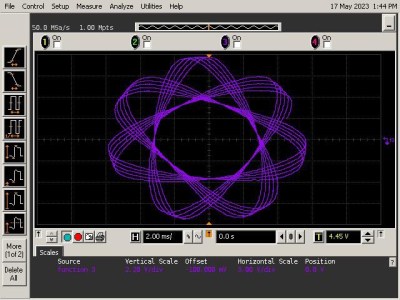Skid steers are great fun if you get to drive one on a construction site. [ProfessorBoots] has long been a fan of the diminutive diggers, and decided to make a 3D-printed version for his own pleasure.
The build uses a chassis printed in several colors which adequately recreates the charms of a full-sized skid steer. The brains of the operation is an ESP32, which receives commands over WiFi for remote control. A pair of geared N20 brushed motors are driven from a small H-bridge controller, each one driving one side of the skid steer. A toothed belt was 3D printed to allow each motor to drive two wheels on one side. Meanwhile, a pair of servos are charged with both lifting and tilting the bucket. Yes, you heard correctly – you can actually pick up and carry objects around your desk with this thing.
It’s a neat build and could be your introduction into the world of RC construction machines. Video after the break.
Continue reading “3D-Printed RC Skid Steer Is Cute Construction Machinery Done Right”



















